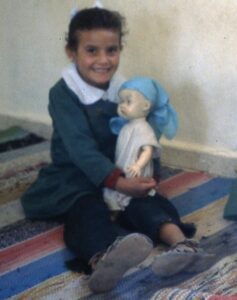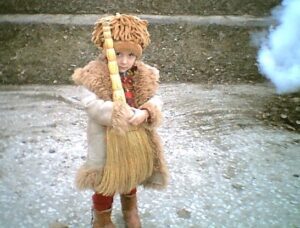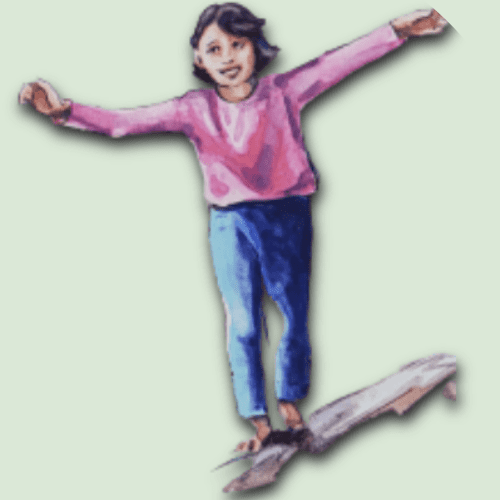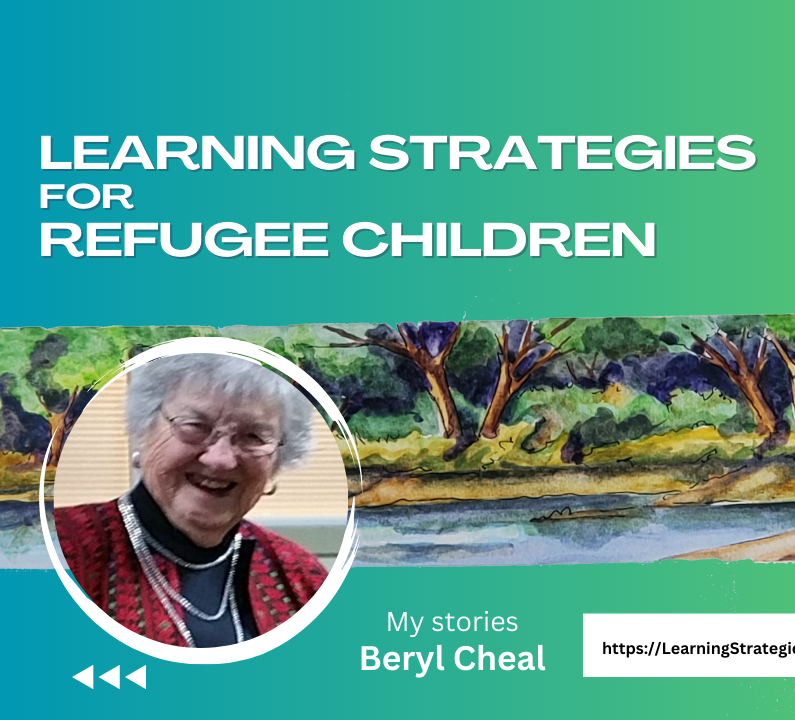Working with refugee children can be a rewarding experience as you begin to help with the healing process. This work also comes with its own set of unique challenges. Refugee children have experienced trauma and may be dealing with difficult emotions and behaviors that the child will display in many predictable and unpredictable ways. Learning ways to be with refugee kids that help in their healing process is key to their success.
As a teacher or volunteer working with refugee children, it will be important to adopt several practices that enable you to connect with a child and create a safe space. In this article, I explore several of these traits in detail and provide tips for how to effectively work with the kids. By following these guidelines, you create a safe and supportive environment that allows refugee children to express themselves and thrive.
Having fun and helping them have fun is important when one works with children who have gone through so many traumatic experiences. Here are some ideas that can make your time with them enjoyable and rewarding, as well as helping them in the healing process
1. Be Extra Patient as You Work with Refugee Children
Be extra patient with the kids. Being patient may be difficult if you are tired or children are especially active. Yet it is important to remember that each child deserves the adults in their lives (even if the adults are there only temporally) to treat them with patience, caring and respect. It will take time to earn their trust and that can be done more easily when they are not rushed into something.
2. Be Organized to Have a Healing Classroom
Plan ahead so that you will know what you will be doing with the children. Each group is different, of course. In general, before you meet with them, make sure you know what activities you will be doing. Then make sure you have readily available all of the equipment and supplies that you will need for those activities.
Being organized with refugee children helps them know someone is in charge. They may have lost that feeling throughout the chaos they have experienced or may still be experiencing. Displaced children often have little structure in their lives so having things organized helps them know how to have a good time within the guidelines and directions of the activities you offer.
Because there may be many refugee children who want to participate in your activities, you will want to be particularly organized when distributing supplies. So that all children have an equal opportunity to receive whatever you have to give, you should devise an orderly system to make distributions. Assuring children that there will be enough (of whatever you have) for everyone is important. Saying the words may not be enough assurance for children who have felt left out or have lost important items they care about. They still may be afraid there will not be enough for them. At the end, if the distribution is orderly and calm and every child gets a fair share, the child will realize there was enough for everyone, and he/she can relax.
Adding structure and organization in this way helps children develop resilience as they learn to control their emotions and behaviors. Practicing this skill of organization will be useful for them in the future for they may have lost that self-control and will need it for success in school and other life situations.
I still remember seeing a small group of my 5 year old Head Start kids patiently sitting beside a door as we were preparing to go out to the play yard one day. When I asked what they were doing, their response was, “We’re getting organized!” I really smiled – and complimented them on their actions! How many times had those kids heard me use those very words and then take time to make sure we had everything we needed. Oh my, we adults are role models whether we know it or not!
3. Be Calm and Relaxed – Talk Quietly and Move Slowly to Foster a Relaxed Space
Refugee children have experienced a lot of noise, confusion, chaos, and panic. Speaking with them in a quiet voice and moving slowly helps establish calm and relieves stress. It is not always easy to be calm and quiet when working with children who are as active and demanding as displaced children often are. However, if you can maintain that attitude and way of being present, children can settle down and be more relaxed themselves. Remember the kids you are working with are like kids everywhere… easily excitable. Many of these kids have experienced more stress and reasons for being anxious and may be more excited than many others you may have worked with.

4. Be Predictable with Procedures and Systems to Help Children Learn Trust
Displaced children have very few things in their current lives that are predictable, and we know predictability to be a protective factor in a child’s development. That is why making and keeping promises becomes so important. For instance, if a child knows for sure that he/she will get crayons and a piece of paper to draw if they sit down, they are more likely to follow your directions. You might say, “After you sit down – then – we will pass out paper and crayons.” Children may have trouble with the – if/then – way of thinking but you can play at least a small part in helping them understand and even practice by making a promise and following through. Be sure you strictly follow your own directions. Since war and violence sometimes results in children not trusting adults – remember to only make promises that you know you can keep. Be sure to have enough supplies for all of the children and that if there is not enough equipment for all to use at a certain time, develop a system where there can be equal sharing. Be sure to follow through with the plan you have developed.

5. Be a Good, Non-judgmental Listener as Refugee Children talk about their experiences.
The refugee children you are working with have gone through very difficult and frightening experiences and they may or may not want to talk about them. It is important that you wait for the children to talk about what they have experienced if they wish to do so. Your job is to provide materials and activities for them to express themselves either verbally or non-verbally. If they do want to share their stories verbally, listen without judging. You can ask questions for clarity but always refrain from probing. The facts may or may not be the same as their stories but that doesn’t matter. Being able to express their feelings about their experiences either verbally or non-verbally is the important thing. Just remember to refrain from judging either verbal or non-verbal expressions. Accept and respect what they tell you.
Remember there is a link between a child’s private logic and their behavior. Traumatized children’s behavior often reflects what they believe to be true whether those ideas are actual facts or not.
A conversation I had with an adult refugee reinforced for me the strong link between what a child experiences and their behavior. For instance, escaping as a child with her family aboard a dangerously leaking boat in the middle of the night, they were turned away in a storm from seemingly the only safe dock. That child, later as an adult, still remembered the smell of the aftershave lotion worn by the dock workers who refused to provide them safety. For the rest of her life, she was never able to purchase that brand of aftershave lotion, always remembering her intense fear of that night so long before. (Cam and her family came to the US when the refugee group – the Boat People – came in the 1970s.)
Working with refugee children can be a fulfilling and meaningful experience, and it requires patience, organization, calmness, predictability, and excellent listening skills to assist in the healing of each child. When you remember that these children have experienced trauma and may be dealing with difficult emotions and behaviors, the importance of creating a safe and supportive environment for them becomes critical. By planning ahead, distributing supplies in an orderly fashion, speaking quietly and moving slowly, being predictable, and listening without judging, you can help these children become more resilient with the safety to express themselves and begin to heal.
With your help, these children can learn to trust again and rebuild their lives with a sense of hope and optimism. Taking the time to learn how to effectively work with refugee children will make this work see more meaningful results and bring more happiness to all involved.



